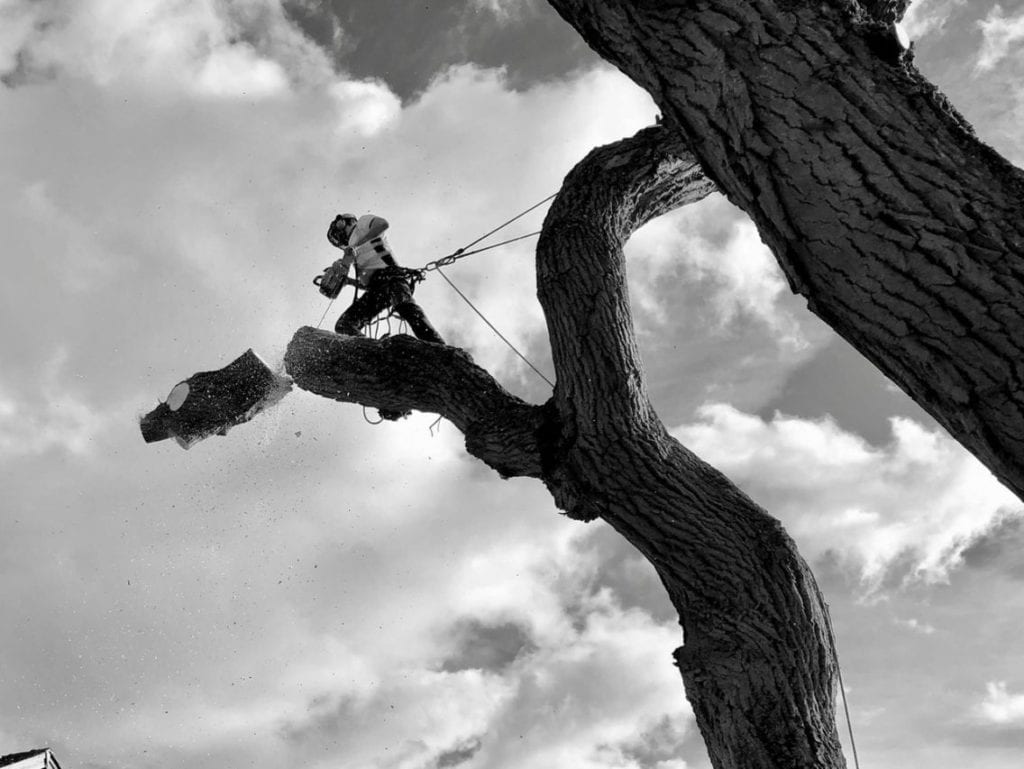Tree pollarding is an important technique for any arborist. The process involves removing the top branches of a tree, to help keep it at a desired height. By carefully pruning specific branches, the arborist ensures that new shoots can grow, but that the height of the tree is restricted.
We are often asked to consult on pollarding trees at roadsides, where they may otherwise grow in the way of road signage, street lighting or electric cables. However, it has become an increasingly popular option for homeowners in Hertfordshire and Cambridgeshire – particularly when trees are starting to restrict their views, or cast too much shade.
Tree Pollarding: What species of tree can be pollarded?
Given that we commonly work in North London, one of the most common types of tree we see is the London plane (Platanus x hispanica) – this sycamore hybrid is the capital’s most common tree and is also a great candidate for pollarding.
Species of ash, elm and oak are also suitable for pollarding – as are some fast-growing species of Acer, and Liriodendron, which is also known as the tulip tree. Some more exotic trees such as gum trees can be pollarded, and if you’ve got common lime trees growing – we can also help with these.
tree pollarding: Whens the best time of year?
It’s usually most effective if trees are pollarded annually, or at least every few years. Other options such as crown thinning or crown reduction may be helpful for keeping your trees in check in the years that you don’t want to have them fully pollarded.
Pollarding is generally done in the spring, although some species such as Acer may be better suited to summer pruning, as they are less liable to bleed sap at this time of year. It’s generally best to avoid pollarding in autumn, as this presents the highest risk of invasive fungi entering the pruning cuts made on the tree.
Tree Pollarding & How we can help
Whether you are looking to maintain a tree that has already been pollarded, or you’re seeking expert advice on whether a tree is a good candidate for pollarding – get in touch and we can help with all your pollarding needs.
